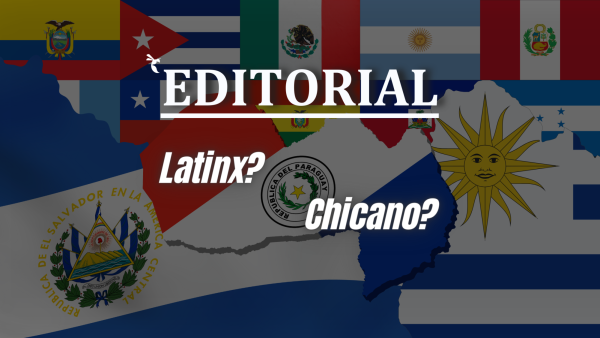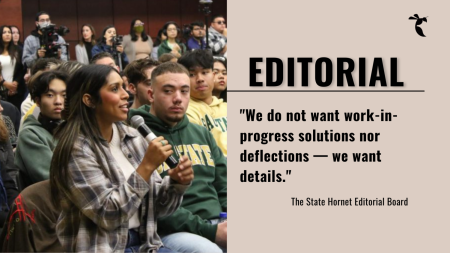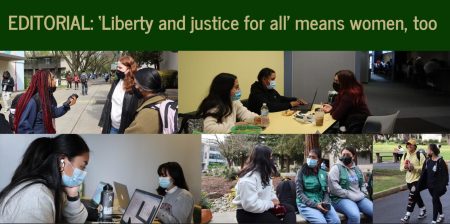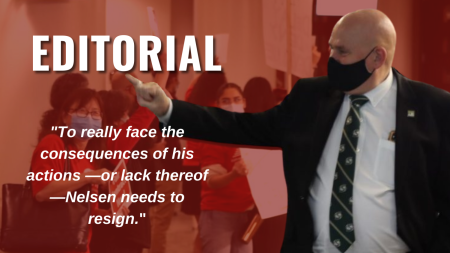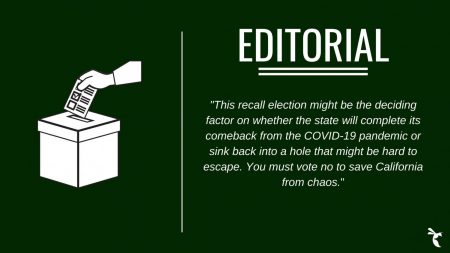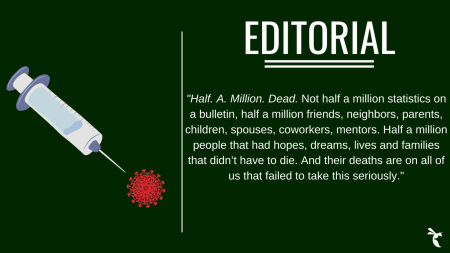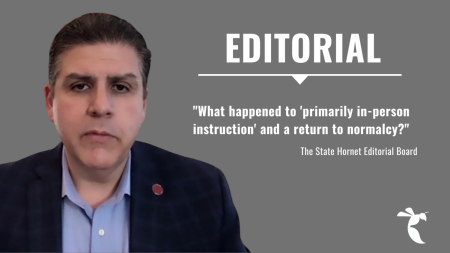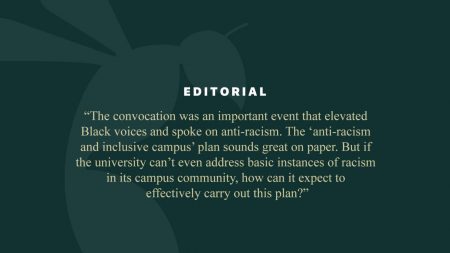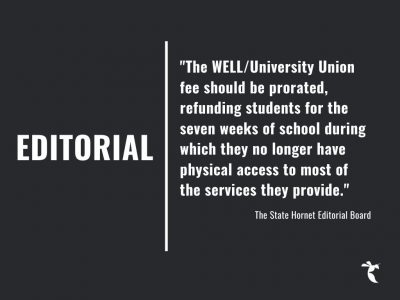College newspapers are a vital part of campus life and worth the funding
March 6, 2014
A student newspaper is a vital part of campus life, providing breaking news as well as student spotlights. But it also provides an opportunity for students to gain legitimate journalism experience while learning to write, edit, design, photograph, manage and report. The loss of a college publication would be a loss for the entire student body.
UC Davis’ student newspaper, The California Aggie, may be in jeopardy of being shut down which would make Davis the only university in the UC system without a student newspaper.
The “Save the Aggie” initiative passed this winter with 72.92 percent of the vote, but still has to go through the Chancellor and the Office of the President.
Elizabeth Orpina, editor in chief of the Aggie, said the main point of the referendum is moving from an advertising based revenue to a community supported model along the lines of a major newspaper’s business model.
Because the paper does not receive school funding, The Aggie has been surviving off a reserve fund of around half a million dollars for the last 10 years. This amount is barely scraping by.
With the newspaper at risk of shutting down, The Aggie staff implored students to accept a small fee increase of $3.88 per quarter. To keep the newspaper alive, this is a small price to pay.
A lot of students do not realize the important role their college newspaper plays. These daily or weekly papers are created completely by students dedicating their time and energy to put out relevant informative articles.
Sacramento State students pay a grand total of $3 each semester toward The State Hornet. That is pocket change compared to other schools. UC Davis has the highest academic and athletic fees out of all the UCs and currently students pay no fees toward the Aggie.
“UC Davis having the highest fees is part of the opposition because students are like, ‘No way our fees are high enough as it is, don’t raise anything, this is crazy that you guys want to make us pay even more’,” Oprina said. “But what they don’t realize is what they’d be paying toward the paper, even though some think they won’t use it, benefits so many more people than an athletic program that we pay $600 a year for.”
At Sac State, we are fortunate enough to have a journalism program, but at UC Davis, The Aggie is the only opportunity for students to get real experience and learn the business of journalism.
Students need college newspapers. A college campus is a small community and a hyperlocal paper is needed to cater to the student body’s desire for information regarding things that directly affect them.
Orpina feels confident about how the students responded to the vote and how many came together to support The Aggie, but still has her reservations about celebrating too early.
“The biggest hurdle so far was getting the students to vote because people are usually apathetic toward student government,” Orpina said. “But if we lost the paper from the Chancellor or Office of the President vetoing it, I wouldn’t be surprised if another pepper spray incident happened. Because if an administration would actually shut down a student newspaper that was voted on by the majority of students, it would cause an uprising.”
One week before the vote, The Aggie ran a blank front page. An action meant to draw student attention to the vote that was happening.
Although UC Davis is our rival school, when a crucial part of campus life is threatened, we have to show our support for The Aggie and hope people will see the importance of a student publication.
Students should consider how small of a fee they pay toward the paper, compared to how big the loss would be to not have one at all.































































































































